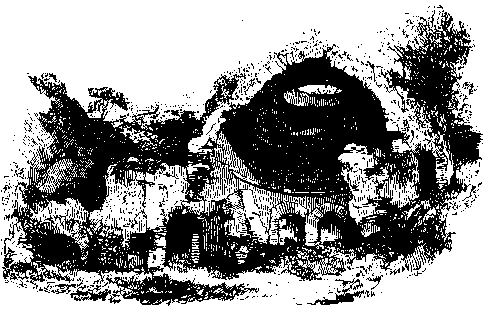
This eighteenth- or nineteenth-century engraving of a ruined structure (probably the Basilica of Maxentius in Rome) embodies a very popular form of the sublime that by the 1780s had become a new European aesthetic category — the picturesque. Ruins provide several different forms of sublimity: First, large ruins like this one produce the elemental sublimity of size; here the artist's vantage point makes clear that the ruin dwarfs the spectator. Second, the fact that time overwhelms the works of man makes time, like space, the source of grandeur. Third, this same fact provides the occasion for a wide spectrum of literary and philosophical applications ranging from political satire of empires to devout ruminations of divine power and, particularly in the last decades of the eighteenth century, enjoying the gentle melancholy of loss.
In what ways can you relate this image to Pope's Essay on Man, Johnson's "Vanity of Human Wishes," and Shelley's "Ozymandias" and "Mount Blanc"? Which Victorian authors (other than Ruskin) use such imagery?
Last modified 1988